Home>Gardening & Outdoor>Landscaping Ideas>How To Stop Your Dog’s Pee From Killing The Grass
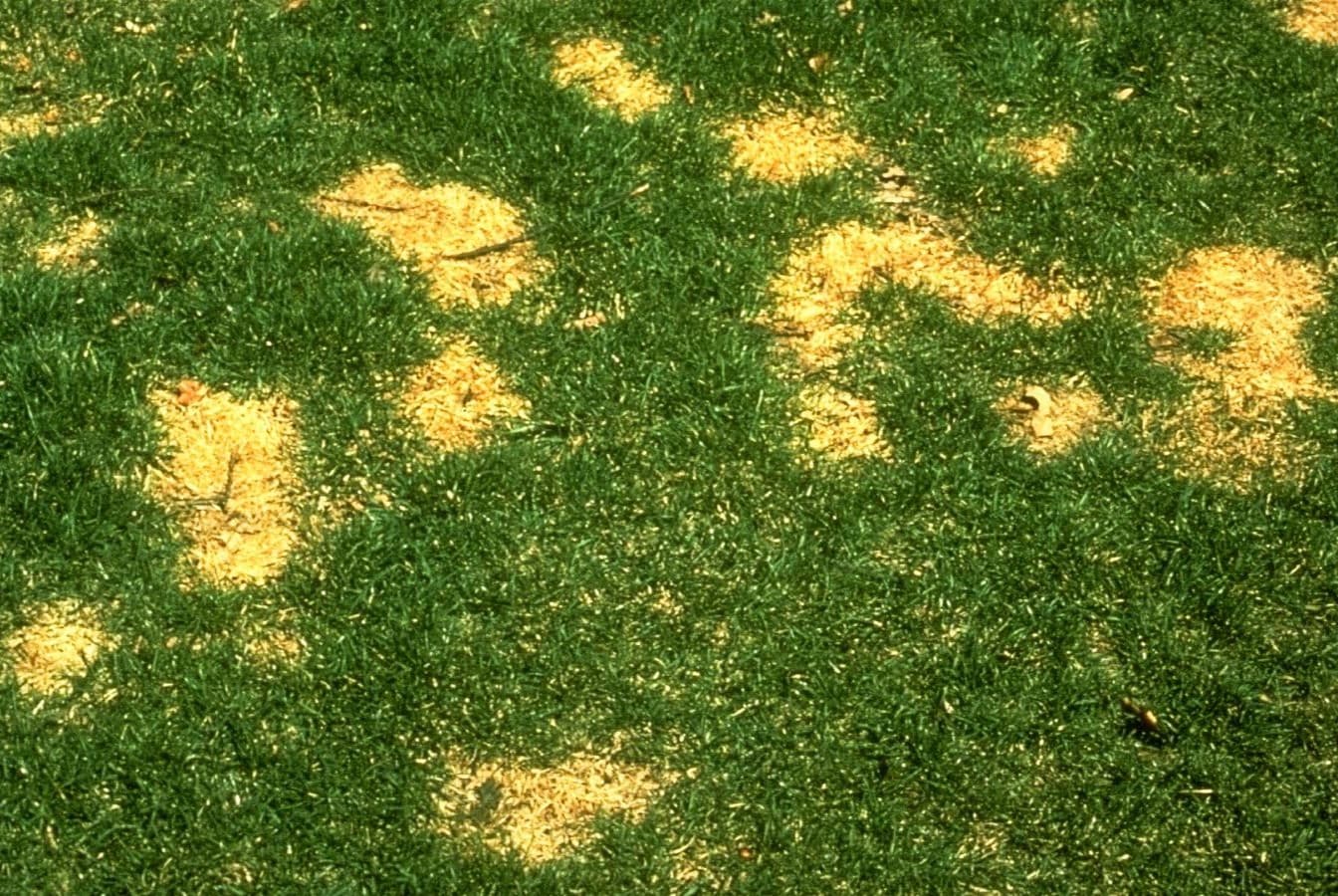

Landscaping Ideas
How To Stop Your Dog’s Pee From Killing The Grass
Modified: March 29, 2024
Discover effective landscaping ideas to prevent your dog's pee from damaging your grass. Explore practical solutions for a greener, healthier lawn today.
(Many of the links in this article redirect to a specific reviewed product. Your purchase of these products through affiliate links helps to generate commission for Storables.com, at no extra cost. Learn more)
Introduction
Bringing a furry friend into your home can bring immeasurable joy and companionship. However, as a responsible pet owner, it's important to be mindful of the impact your dog's habits can have on your outdoor space. One common issue that many dog owners face is the unsightly brown spots that appear on the lawn due to their pet's urine. While this problem may seem inevitable, there are proactive steps you can take to minimize and even prevent the damage caused by your dog's pee.
In this comprehensive guide, we will delve into the underlying causes of grass damage from dog urine and explore effective strategies to address this issue. By understanding the root of the problem and implementing practical solutions, you can maintain a vibrant and healthy lawn while continuing to enjoy the company of your beloved canine companion.
Let's embark on this journey to discover how to stop your dog's pee from killing the grass, ensuring a harmonious coexistence between your pet and your outdoor living space.
Key Takeaways:
- Dilute your dog’s urine by encouraging hydration and designate a specific bathroom area to minimize grass damage.
- Consult a vet to adjust your dog’s diet, implement training methods, and adapt lawn care to prevent and repair grass damage.
Read more: How To Stop Dogs From Peeing On A Patio
Understanding the Problem
Before delving into potential solutions, it’s crucial to grasp why dog urine has the unfortunate effect of browning and damaging your lawn. The primary culprit behind this phenomenon is the high nitrogen content in canine urine. While nitrogen is an essential nutrient for plants, an excess of it can lead to an imbalance in the soil’s pH levels, resulting in burned patches of grass.
Female dogs, in particular, tend to cause more noticeable damage due to their urination habits. Their urine is typically more concentrated and is often deposited in a single spot, intensifying the impact on the grass in that area.
Another factor to consider is the size of your dog. Larger breeds naturally produce more urine, which can exacerbate the issue, whereas smaller breeds may cause less noticeable damage. Understanding these nuances can help you tailor your approach to mitigating the effects of dog urine on your lawn.
It’s also worth noting that the type of grass in your lawn can influence its susceptibility to urine damage. For instance, grass varieties such as Kentucky bluegrass and Bermuda grass are more resilient and can better withstand the effects of dog urine compared to fescue or ryegrass.
By recognizing these contributing factors, you can gain insight into why your lawn is being affected and make informed decisions when implementing strategies to prevent and repair the damage caused by your dog’s urine.
Solutions for Preventing Grass Damage
Now that we’ve dissected the root causes of grass damage from dog urine, let’s explore effective strategies to safeguard your lawn and preserve its lush green appearance.
- Hydration Is Key: Encourage your dog to drink ample water to dilute the nitrogen concentration in their urine. This can help mitigate the harmful effects on your lawn.
- Designated Bathroom Area: Allocate a specific area in your yard where your dog can urinate. This can concentrate the damage to a defined space, making it easier to manage and maintain the rest of your lawn.
- Immediate Watering: After your dog urinates, promptly hose down the affected area with water. This helps dilute the urine and minimizes its impact on the grass.
- Professional Lawn Treatments: Consider specialized lawn treatments that can help neutralize the effects of dog urine and promote grass recovery. These products are designed to counteract the nitrogen imbalance and foster healthy growth.
- Artificial Grass or Gravel: If the problem persists, you might explore alternatives such as artificial grass or gravel in specific sections of your yard. These options are impervious to urine damage and can provide a practical solution for maintaining an aesthetically pleasing outdoor space.
By incorporating these proactive measures, you can effectively shield your lawn from the detrimental effects of dog urine and create a more sustainable environment for both your pet and your landscaping.
Changing Your Dog’s Diet
One impactful approach to addressing the issue of grass damage from dog urine is to evaluate and modify your pet’s diet. By making strategic adjustments, you can potentially reduce the nitrogen content in their urine, subsequently minimizing its adverse effects on your lawn.
Consulting with a veterinarian is paramount before implementing any dietary changes for your dog. A professional can provide tailored recommendations based on your dog’s breed, age, and overall health. Here are some dietary considerations to explore:
- Hydration and Water Intake: Ensure that your dog has access to an adequate and consistent water supply. Proper hydration can help dilute the nitrogen in their urine, mitigating its impact on the grass.
- Protein Moderation: Excessive protein consumption can elevate the nitrogen levels in your dog’s urine. Adjusting their protein intake, in accordance with your veterinarian’s guidance, can help regulate the nitrogen content and lessen the likelihood of grass damage.
- Specialized Diets: Explore dog food options that are formulated to promote urinary health. These diets are designed to modulate the pH balance of your dog’s urine, potentially reducing its corrosive impact on the grass.
- Supplements: Your veterinarian may recommend specific supplements that can aid in neutralizing the nitrogen in your dog’s urine, thereby safeguarding your lawn from damage.
By proactively addressing your dog’s diet, in collaboration with a veterinary professional, you can take significant strides toward mitigating the effects of their urine on your lawn, fostering a healthier and more harmonious outdoor environment for both your pet and your landscaping.
Try watering the area where your dog pees to dilute the urine and reduce its impact on the grass. You can also train your dog to pee in a specific spot away from the lawn.
Training Your Dog
Effective training can play a pivotal role in minimizing the impact of your dog’s urine on your lawn. By instilling positive habits and behaviors, you can proactively address the issue while nurturing a strong bond with your pet.
Consistent and patient training methods can yield promising results in managing your dog’s bathroom habits. Here are some valuable training approaches to consider:
- Command-Based Training: Introduce a specific command, such as “Go potty,” to prompt your dog to urinate in a designated area. Consistently using this command during bathroom breaks can help channel their urination to a predefined spot, reducing the likelihood of widespread grass damage.
- Positive Reinforcement: Reward your dog with praise, treats, or affection when they urinate in the designated area. Positive reinforcement can reinforce the desired behavior and encourage compliance with your training efforts.
- Consistent Schedule: Establish a regular bathroom schedule for your dog, ensuring they have ample opportunities to relieve themselves in the designated area. Predictability and routine can aid in shaping their bathroom habits and minimizing random urination across the lawn.
- Supervision and Correction: Monitor your dog during outdoor activities and promptly redirect them to the designated bathroom area if they attempt to urinate elsewhere. Gentle correction and redirection can help reinforce the desired behavior over time.
It’s important to approach training with patience, understanding that consistent reinforcement and positive encouragement are key components of successful behavior modification. With dedication and a structured training regimen, you can effectively guide your dog toward more considerate bathroom practices, ultimately preserving the beauty of your lawn.
Read more: How To Stop Dogs From Peeing On Furniture
Adjusting Your Lawn Care Routine
Adapting your lawn care practices can complement other strategies in mitigating the impact of dog urine on your grass. By implementing targeted adjustments to your maintenance routine, you can promote the recovery of affected areas and fortify the overall resilience of your lawn.
Here are practical considerations to incorporate into your lawn care regimen:
- Proper Hydration: Adequate watering is essential for diluting and dispersing the nitrogen in your dog’s urine. Ensure that your lawn receives consistent and thorough watering to mitigate the concentration of urine in specific areas.
- Soil Aeration: Regularly aerating your lawn can enhance its ability to absorb water and nutrients, aiding in the recovery of areas affected by dog urine. Aeration promotes healthier grass growth and can mitigate the impact of nitrogen imbalance.
- Reseeding and Fertilization: Targeted reseeding and fertilization of damaged areas can expedite their recovery and bolster the overall vitality of your lawn. Selecting grass varieties that are more resilient to urine damage can further fortify your lawn against future issues.
- Professional Maintenance: Engage professional lawn care services to assess and treat specific areas impacted by dog urine. Expert guidance and specialized treatments can revitalize your lawn and provide tailored solutions for mitigating the effects of pet-related damage.
By integrating these adjustments into your lawn care routine, you can proactively address the challenges posed by dog urine and foster a flourishing outdoor space that harmoniously accommodates both your pet and the natural beauty of your landscape.
Conclusion
As a devoted dog owner, it’s natural to seek ways to maintain a vibrant and healthy lawn while ensuring the well-being of your canine companion. The impact of dog urine on grass can be a significant concern, but by understanding the underlying factors and implementing targeted solutions, you can effectively minimize and prevent the associated damage.
From adjusting your dog’s diet and implementing strategic training methods to adapting your lawn care practices, a multifaceted approach can yield positive results in preserving the beauty of your outdoor space.
It’s important to approach these strategies with patience, consistency, and a collaborative mindset. Consulting with a veterinarian, leveraging professional lawn care services, and staying committed to positive reinforcement in training can collectively contribute to a more harmonious coexistence between your pet and your landscaping.
By cultivating a deeper understanding of the dynamics at play and taking proactive measures, you can create an environment where your dog can thrive while nurturing a lush and resilient lawn that enhances the overall appeal of your home.
Embracing these strategies empowers you to strike a balance between the joys of pet ownership and the preservation of your outdoor living space, fostering a harmonious and enriching environment for both you and your beloved four-legged friend.
Frequently Asked Questions about How To Stop Your Dog's Pee From Killing The Grass
Was this page helpful?
At Storables.com, we guarantee accurate and reliable information. Our content, validated by Expert Board Contributors, is crafted following stringent Editorial Policies. We're committed to providing you with well-researched, expert-backed insights for all your informational needs.
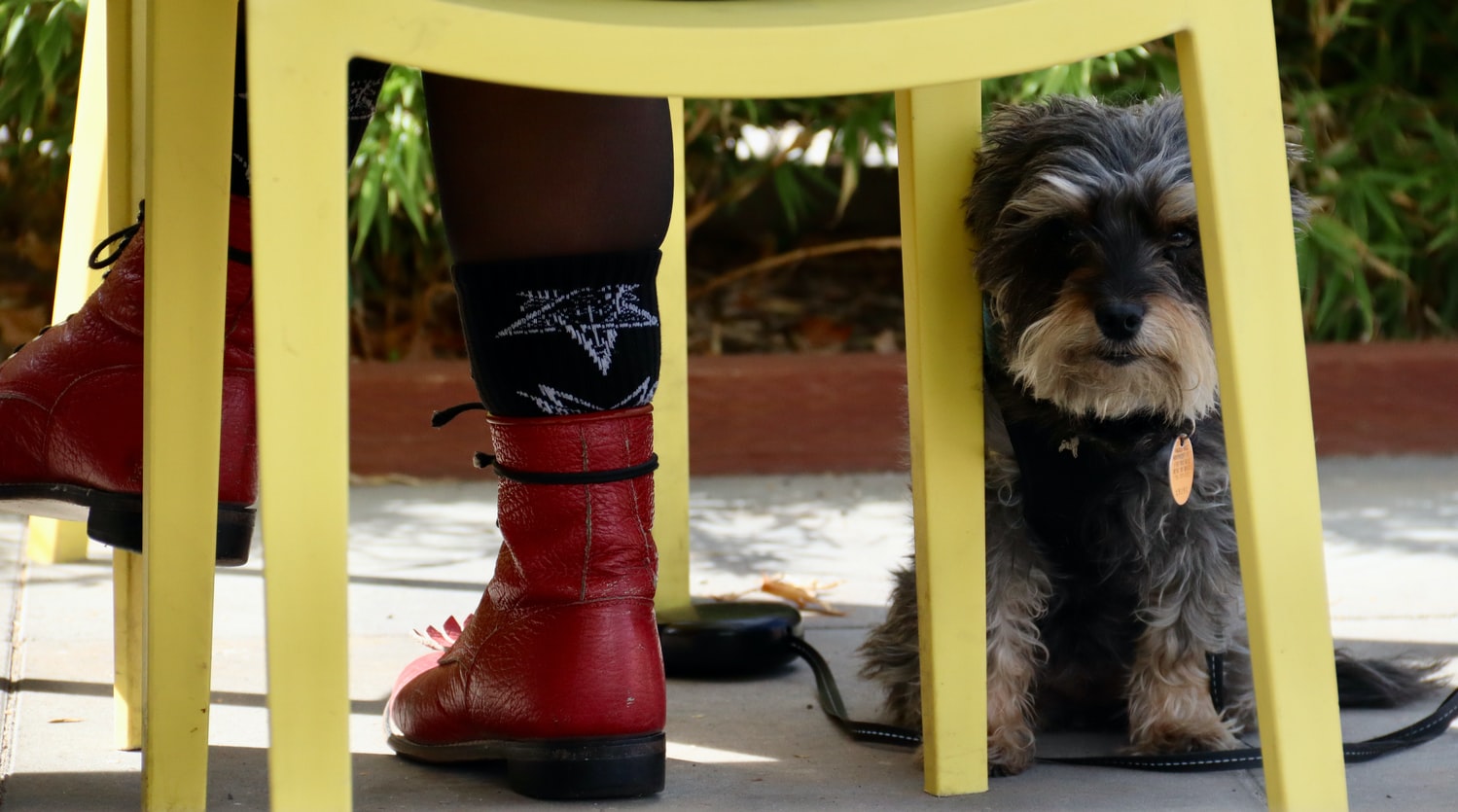
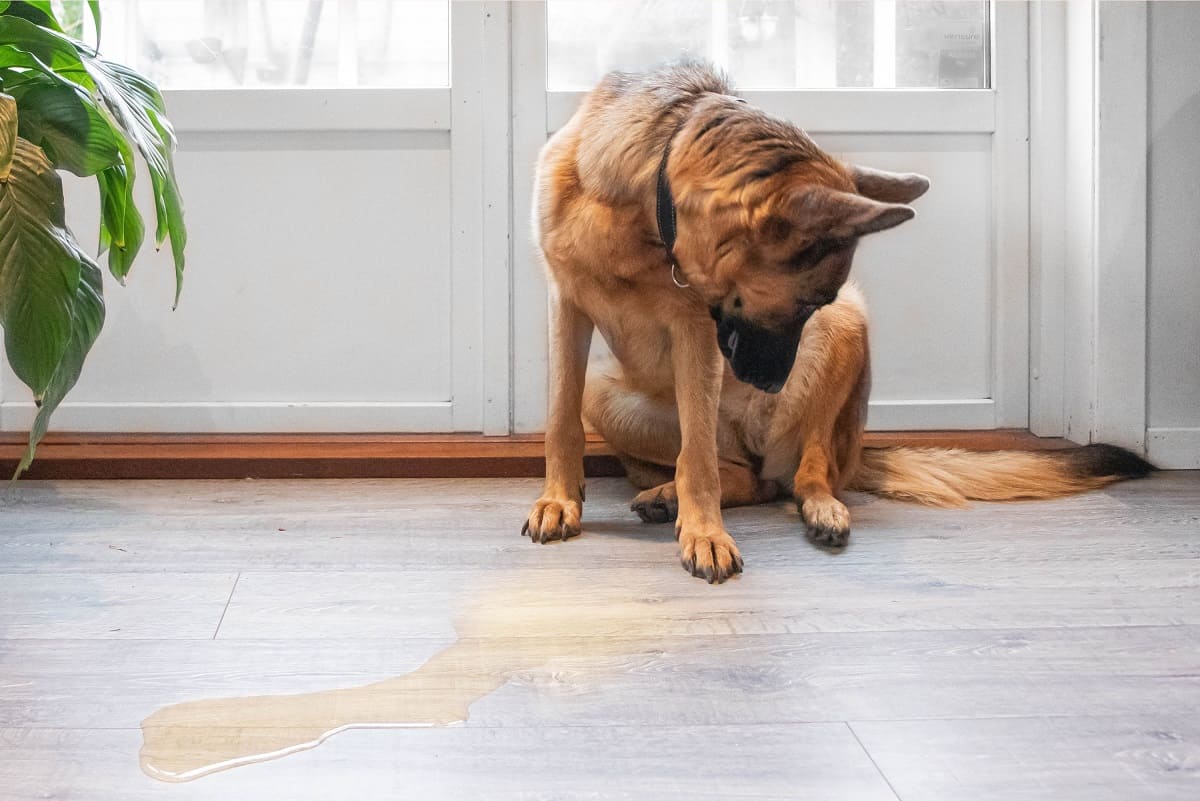
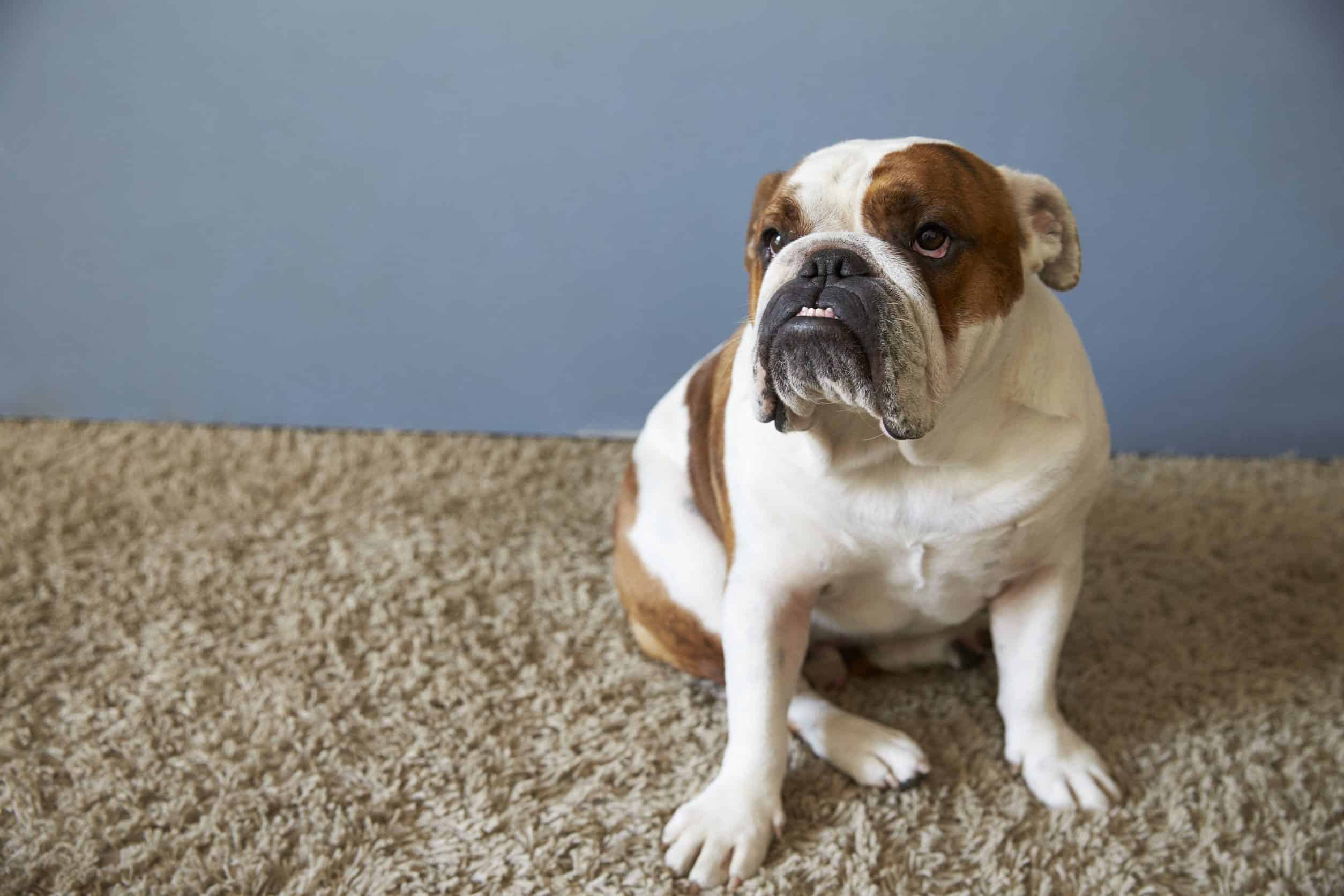
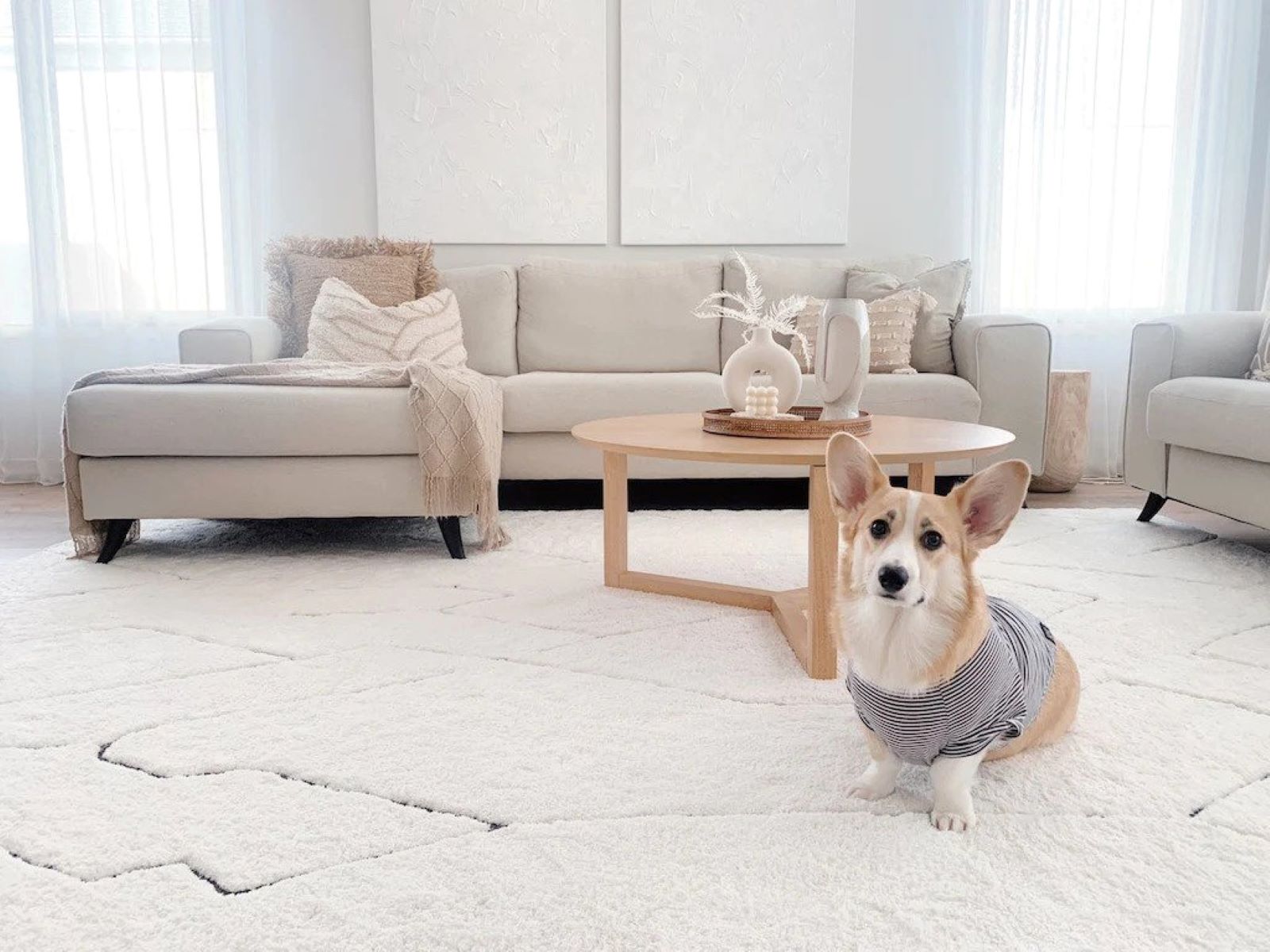
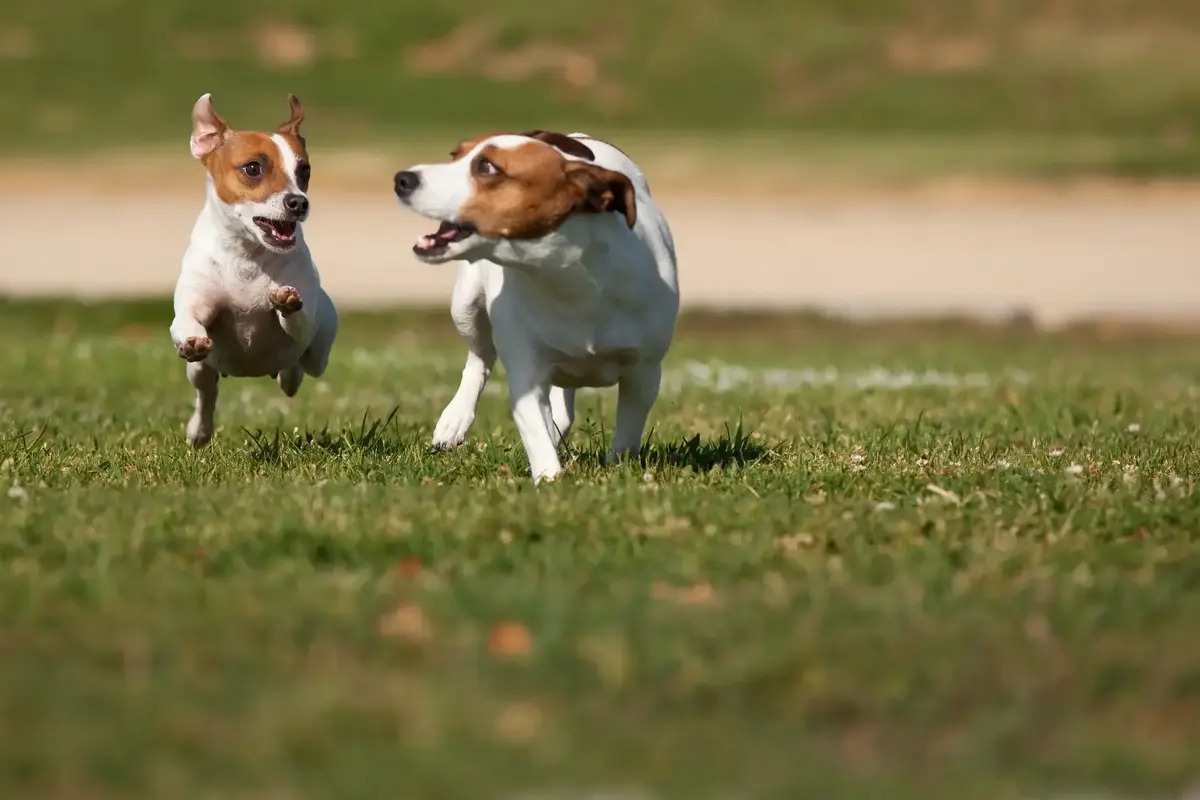
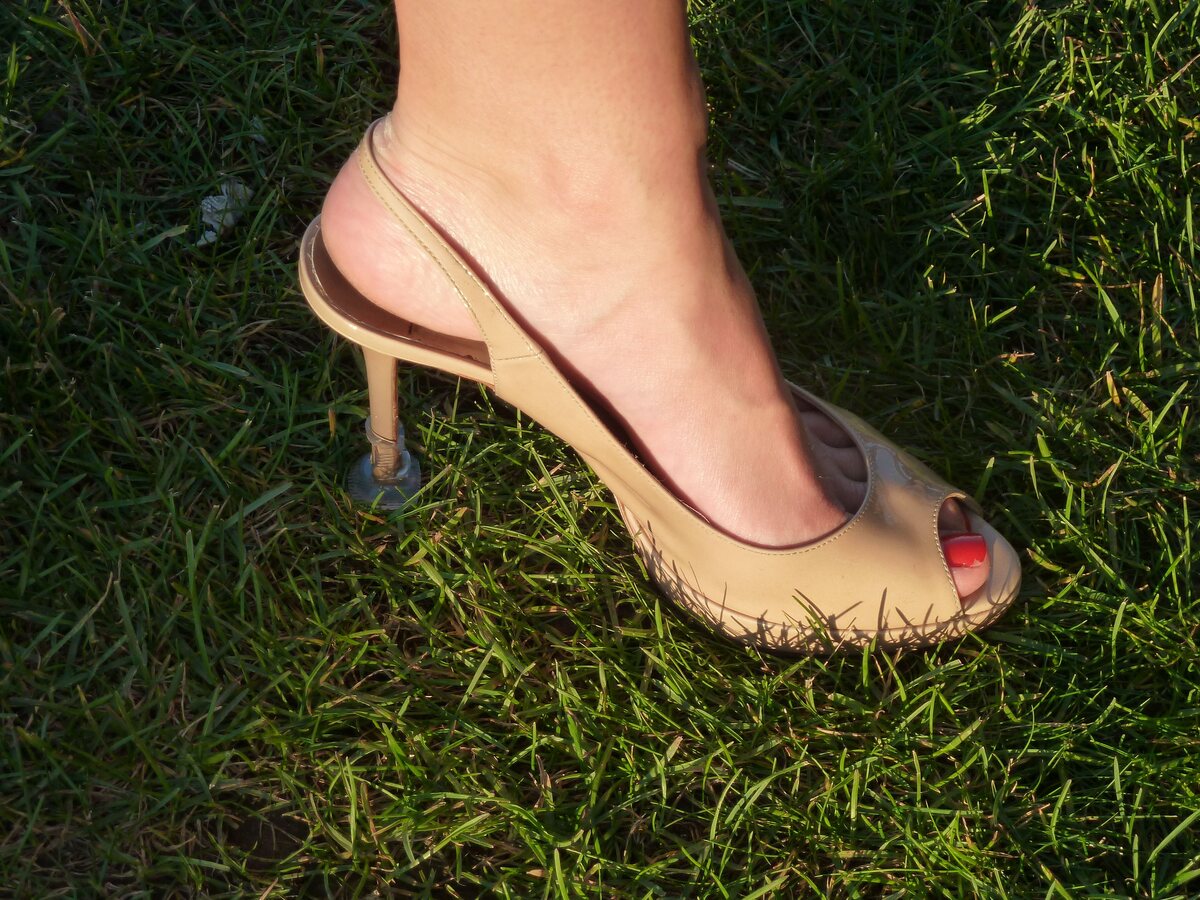
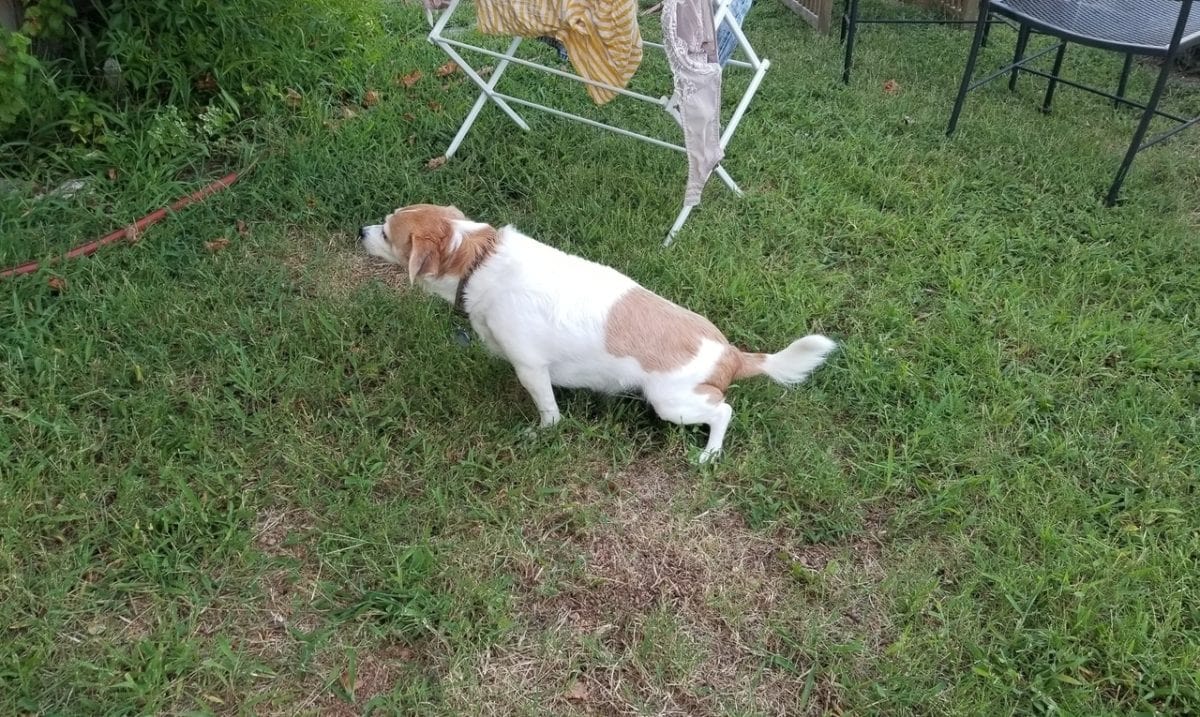
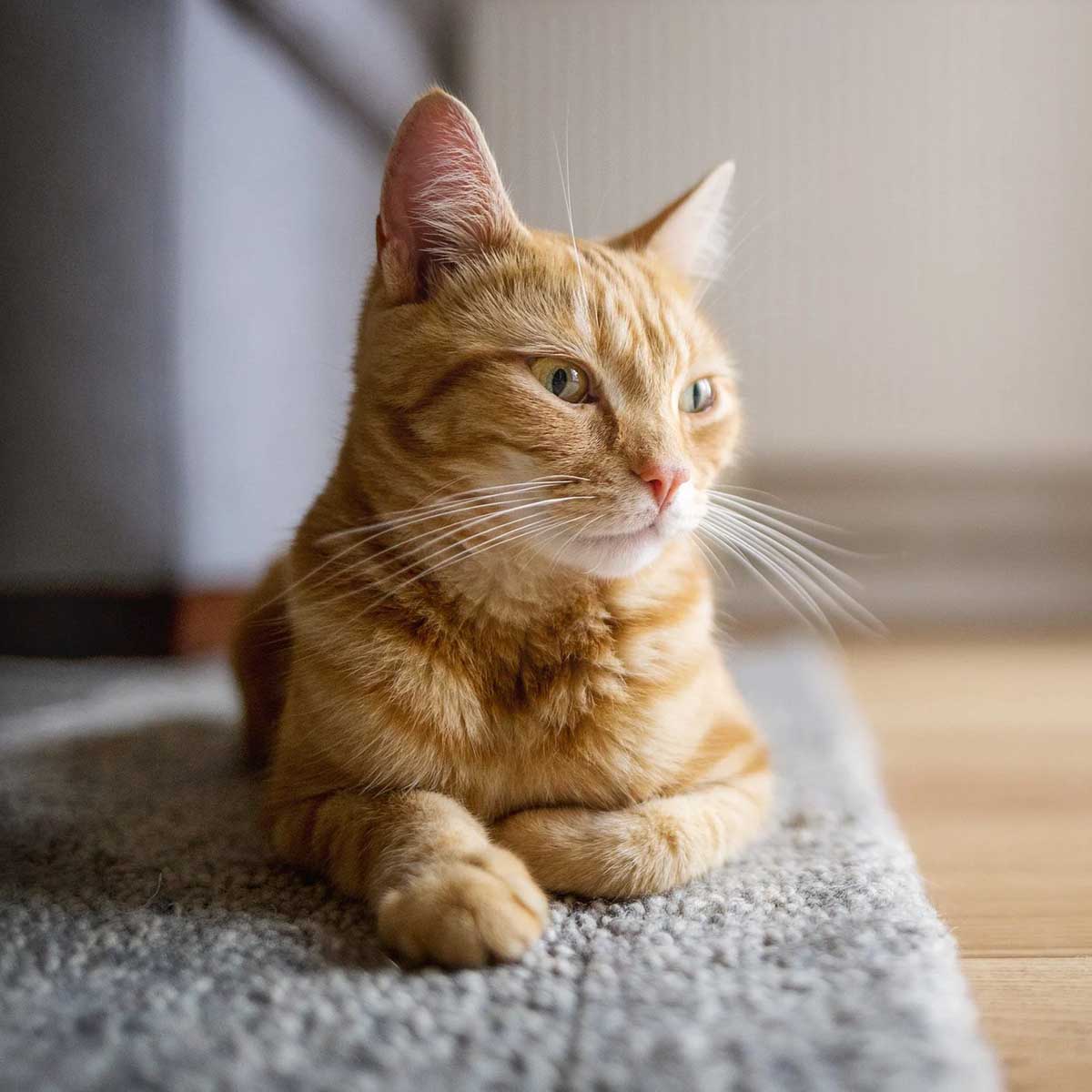
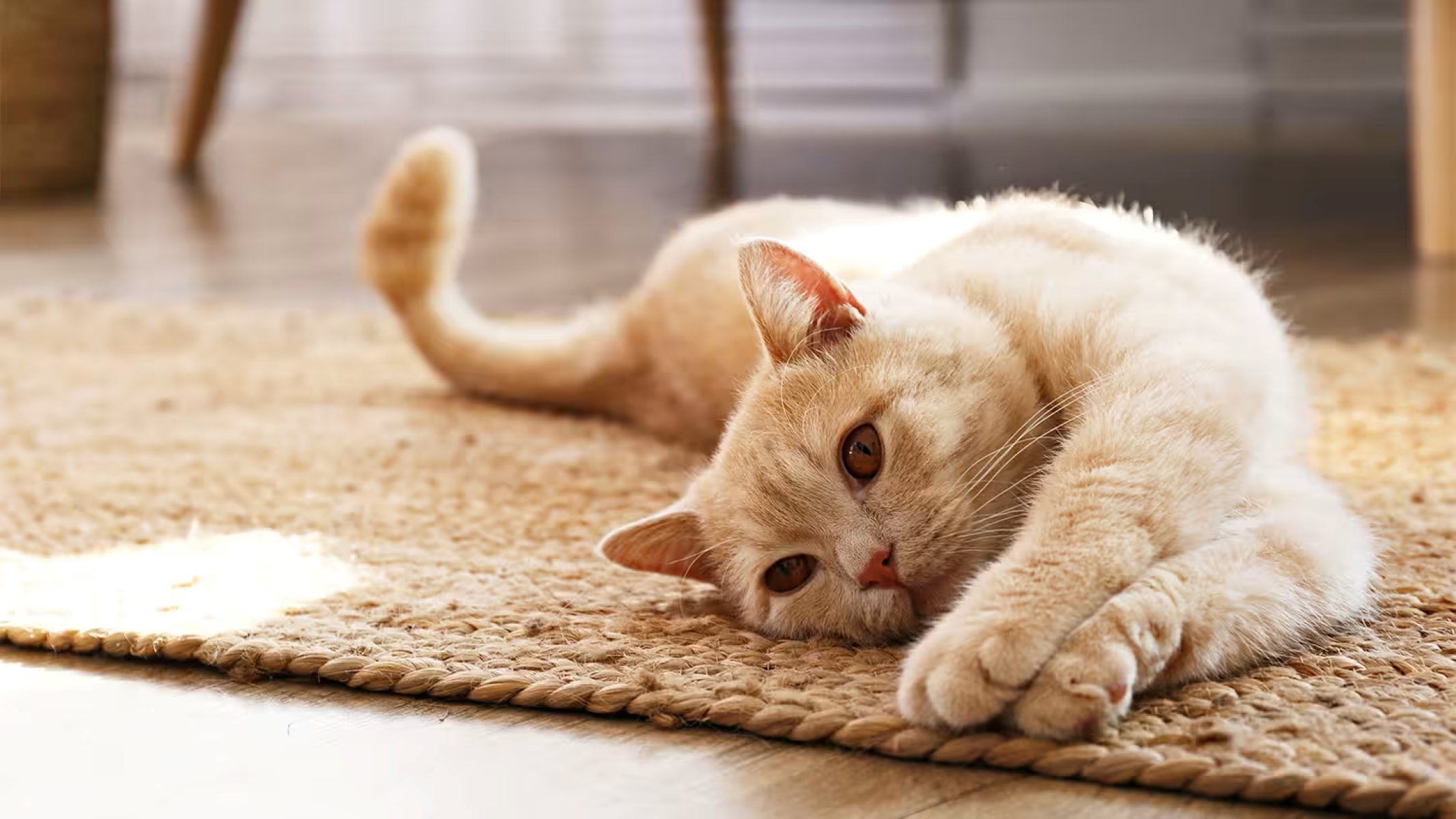
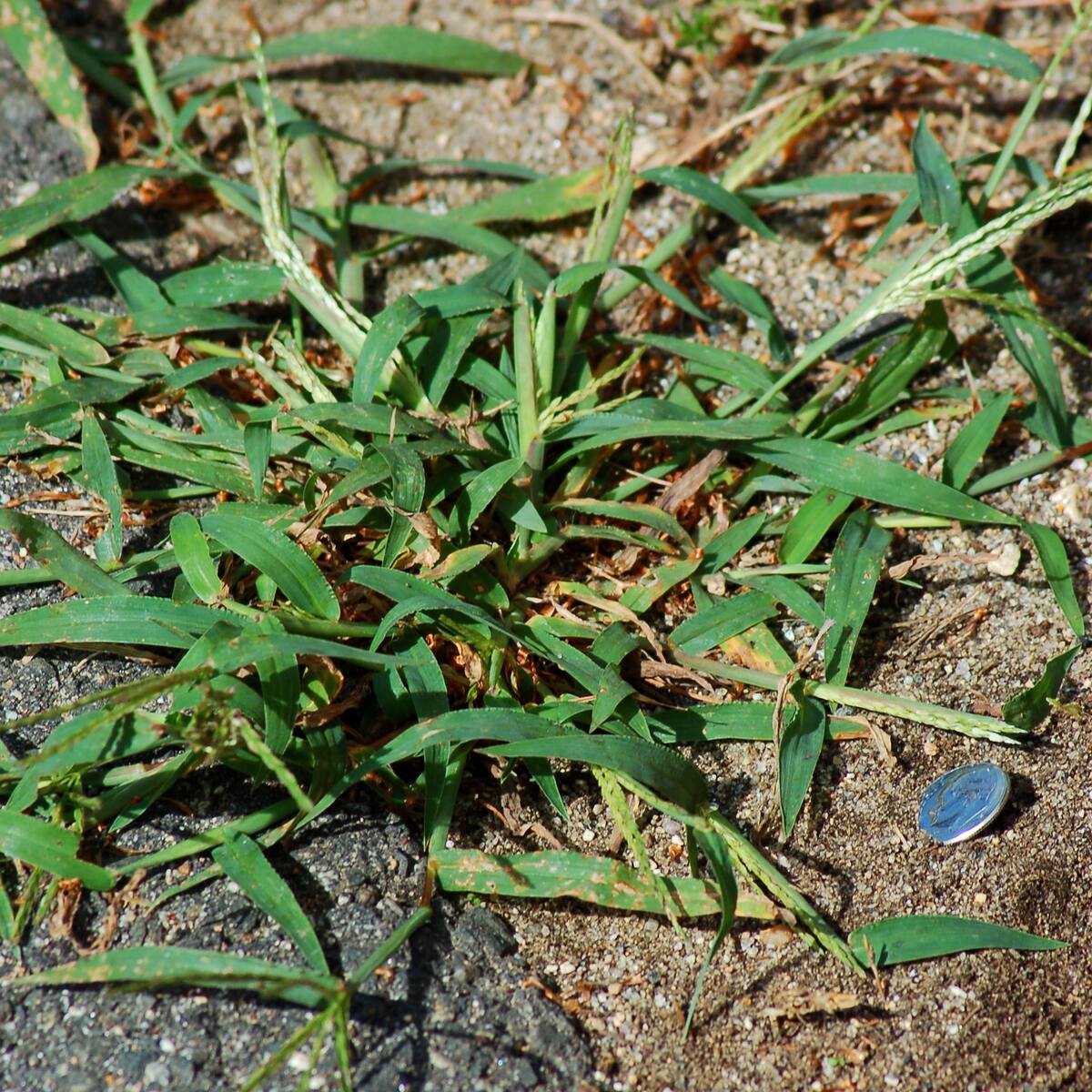
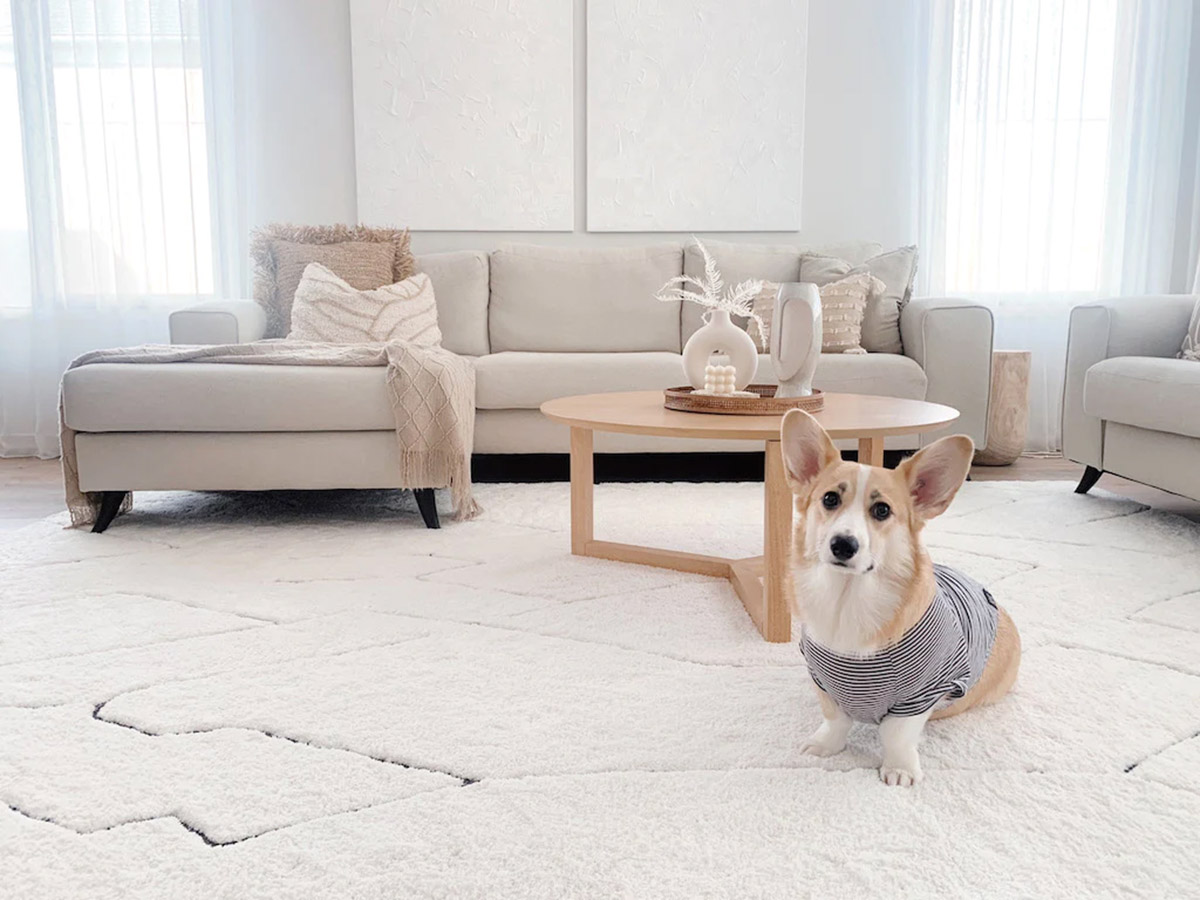
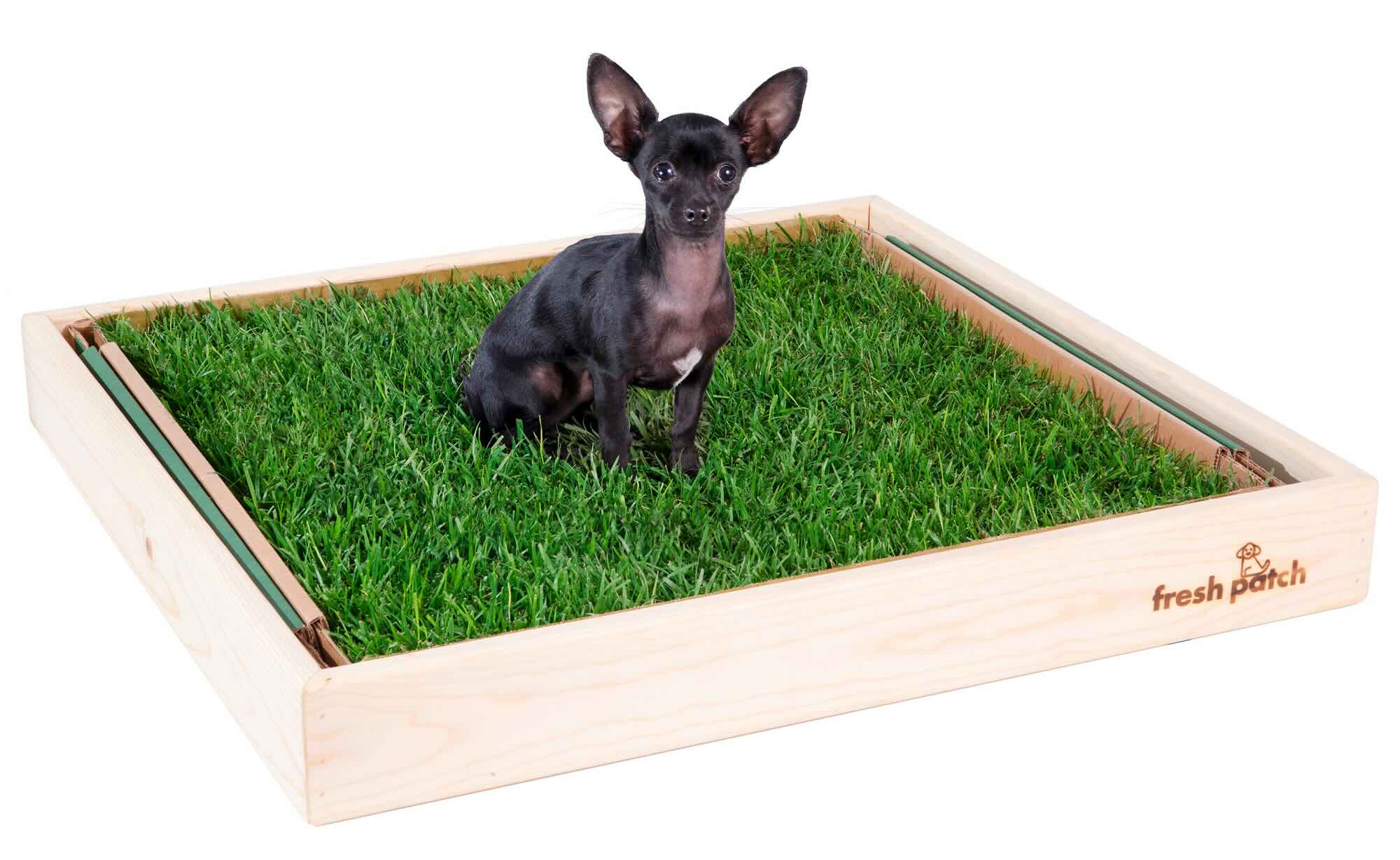

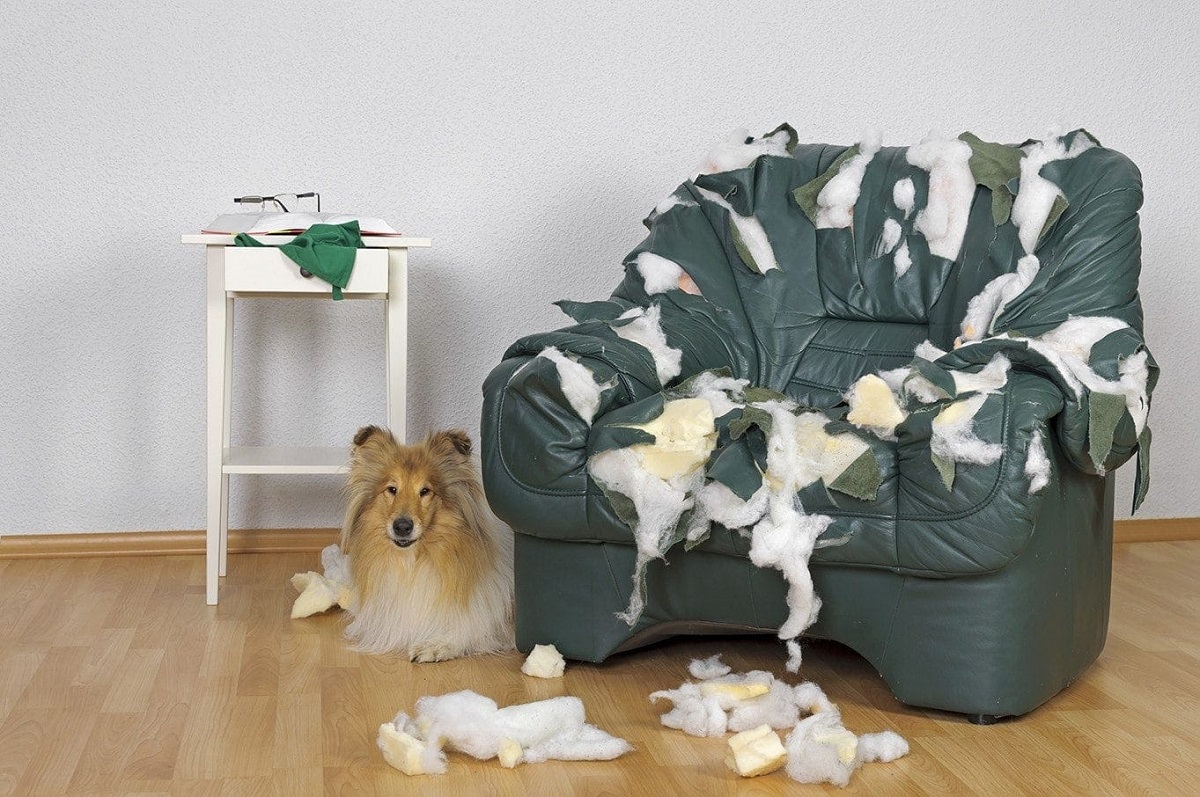

0 thoughts on “How To Stop Your Dog’s Pee From Killing The Grass”